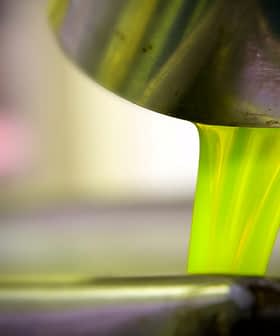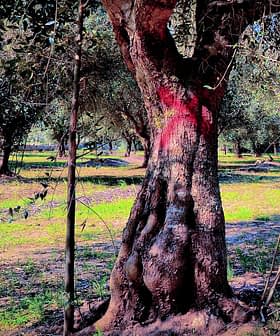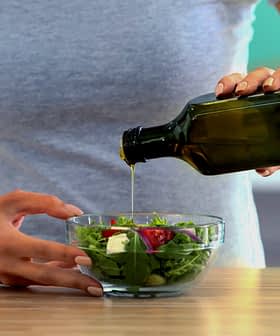Researchers Identify New Markers to Detect Fraud in Refined Oils
A team of Italian researchers came upon a marker that could be useful to identify adulteration in refined olive oils.
A group of researchers including Nadia Mulinacci, Lorenzo Cecchi, Marzia Innocenti and Fabrizio Melani (University of Florence), Marzia Migliorini (PromoFirenze) and Lanfranco Conte (University of Udine) were conducting a study on mixtures of virgin oils and rectified olive oils when they noticed something unusual.
“As often happens, this research was born quite by chance after an observation in a study we were carrying out on lignans, which are among the elements that characterize the minor components of olive oil,” Nadia Mulinacci told Olive Oil Times.
The lignans are a group of phytochemicals widespread in plants, belonging to the class of phytoestrogens and beneficial for human health. Nevertheless, as the report reads, “although their quantity in olive oils is comparable to other classes of phenolic compounds, they were discovered ten years after the first studies appeared on the oleuropein derivatives.” Moreover, they are “the most abundant phenolic compounds after secoiridoids in virgin olive oils and their concentration mainly depends on the cultivar, while the milling process does not affect their amount in a significant manner.”
During the study, besides two typical lignans which are present in variable quantities, the researchers noticed the presence of other molecules with the same weight and similar structure, which they had never seen before. “This intrigued us and we hypothesized that they may have been caused by the refining process,” Mulinacci explained. “Nevertheless, we did not know which step caused this transformation.”
At this point, they analyzed three sets of rectified oils with intermediate samples and found that a typically applied procedure, that is the passage through active earth, or so-called bleaching, (i.e. the filtration of olive oils through materials that absorbs a series of unwanted compounds, including part of lignans and phenolic substances), induces the formation of some isobars (isobaric forms of natural (+)-pinoresinol and (+)-1-acetoxypinoresinol).
Molecular dynamic simulation helped to identify the most probable chemical structures corresponding to these new isobars, with data in agreement with the chromatographic findings. According to results, the identification of these compounds can therefore be helpful to reveal if a refined olive oil is added to a virgin olive oil, as in the case of adulterations.
“This is an additional tool at the disposal of producers and analysts responsible for the quality control of olive oil,” Mulinacci added. “For years now, our research group has been working to enhance the quality of extra virgin olive oils through the development of appropriate analytical methods, and this work contributes to the analytical equipment needed to combat frauds.”








